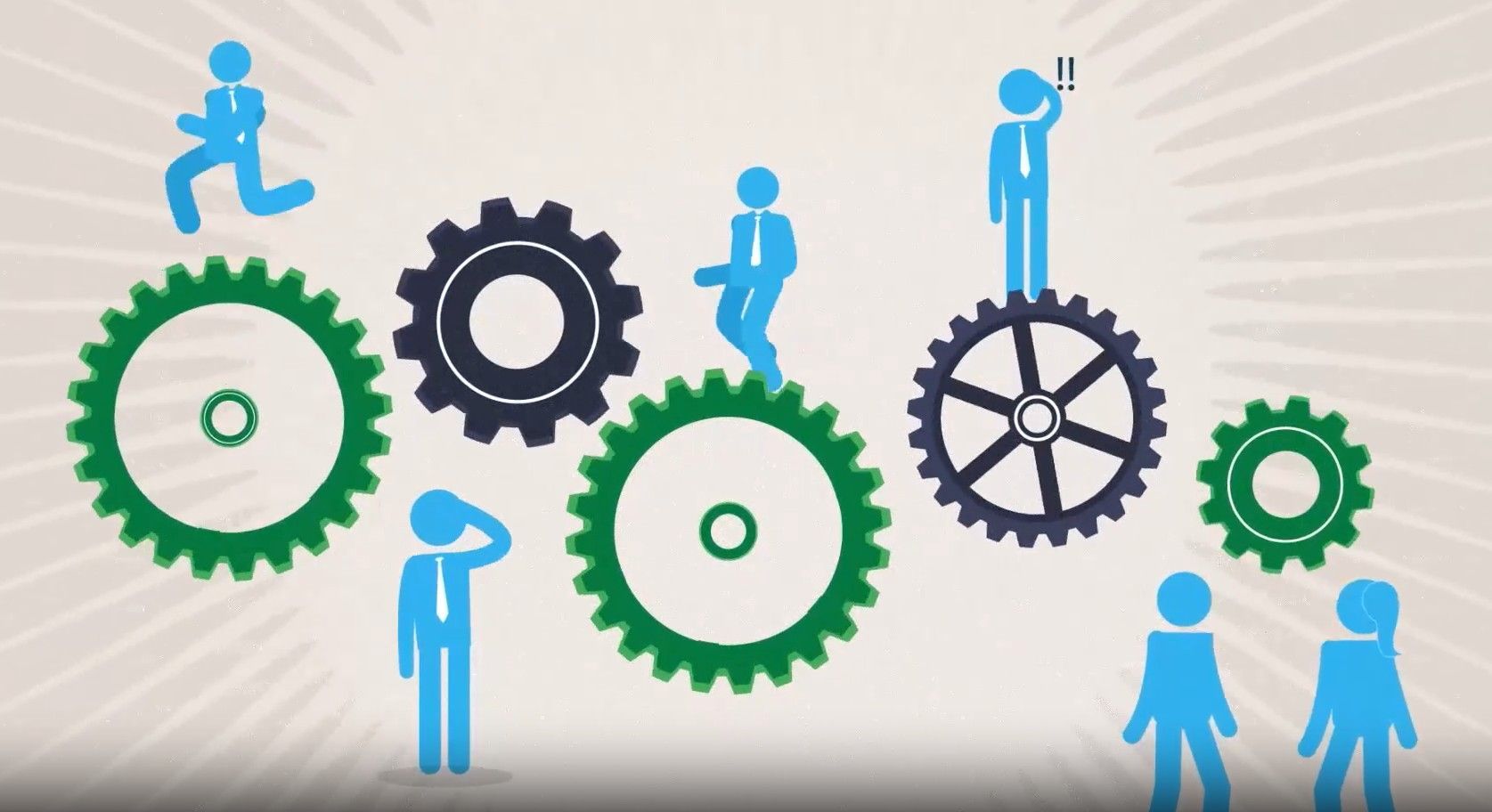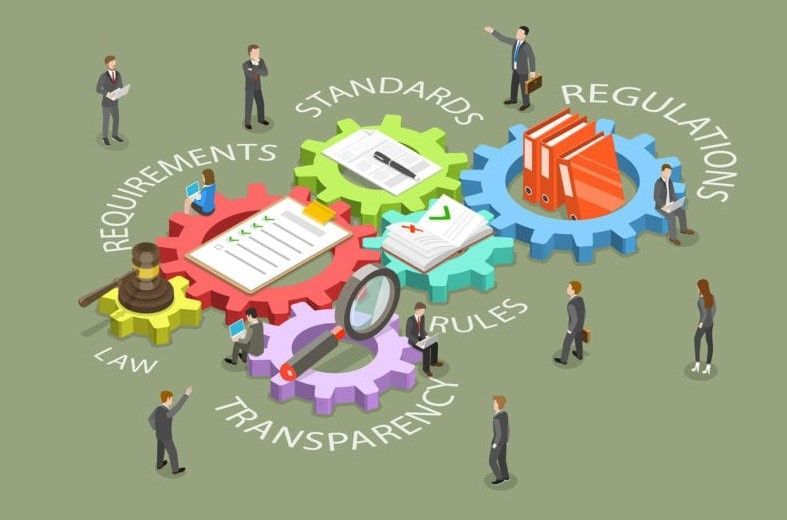Navigating Obamacare, Talking to a Brick Wall, Saving a Small College–and Its Town
August 14, 2025
The winners of our FOCIS ® Contest for 2013 took long and winding roads to their destinations but their trips were worth it–in more ways than just making a sale.
First Prize, $500: Russ Cerny of pharmacy benefits management firm Catamaran spent more than four years pursuing a prospect, eventually dislodging its incumbent vendor of 10 years, and switching $20 million of annual revenue to his company.
Second Prize, $300: Rich De Jong of Symbria Analytics, broadened his FOCIS ® questions to move deeper into an organization when he thought he was blocked and is on track to acquire 15 new accounts.
Third Prize, $200: Bill Sliwa, NRCCUA, discovered that a rural college’s dwindling enrollment would close its doors and impact the small town it helped to support to the tune of $1 million.
Navigating Obamacare
First Prize, $500: Russ Cerny, Catamaran
Four years for 40,000 “lives” and a $20-million annual sale were Russ Cerny’s investment of time and eventual return on that investment. But patience and persistence weren’t the only tools in Cerny’s tool box. FOCIS ® played a role, too.
His prospect, now client, is in “managed care.” It’s a health-plan company that services commercial, Medicaid, Medicare Part D members, and Affordable Care Act-exchange members. The exchange members were new to the market on January 1 as a result of Obamacare–as was everyone else.
The main challenge for the prospect’s leadership was that they “didn’t know what they didn’t know” about the issues of bringing on a new line of business under Obamacare while effectively managing their existing lines. Catamaran, however, did. And, over the previous four years or so, Cerny had ensured that management knew of Catamaran’s capabilities. He diligently provided regular communications about the anticipated ins and outs of a constantly changing and often confusing healthcare world.
“They began to recognize the multiple [negative] implications of remaining with their status quo provider of ten years,” he explains. For example, many of the managed care company’s current covered members could make a move from their commercial line of business to the new exchange market.
“This had to be a good experience or [the prospect] would lose those covered members to the competition,” Cerny explains. Ultimately, if the transition of existing members and on-boarding of new members didn’t go well, Catamaran would then find it more difficult to take on the prospect’s other lines of business.
Positive implications also existed, if the prospect would risk change. “There were many possible solutions to enable them to better compete for new business while retaining existing business,” Cerny says. To take that risk, of course, the prospect needed to feel completely confident about Catamaran.
Because he stayed on top of how his prospect’s business was faring, he was able to point out “how they hadn’t grown in five years” while his company, Catamaran, “was growing and so were our clients. They saw us go from a few hundred employees to more than 4,000.”
Over time the prospect saw that Catamaran was “doing things right to keep our current customers happy while winning new business,” Cerny says. “We were able to explain why they needed a partner who understood the Affordable Care Act and how to lead clients through this new line of exchange business.” In addition, Catamaran could keep up to date with government regulations for the company’s other lines of business.
“We earned the prospect’s full trust in 2013,” says Cerny. “All 40,000 lives began transferring over to us on January 1.” (Insured individuals are known as “lives” in the industry.) The initial implementation went well , and Cerny’s new client is looking forward to transitioning the remainder of the business.
In summarizing how he applied his FOCIS ® training, Cerny says, “My efforts were concentrated on pointing out implications-over and over. Once my prospect recognized the full impact, the solution was obvious.” Catamaran was the “technologically advanced” partner with the “people-expertise” that Cerny’s prospect needed to provide innovative ideas to support the company’s local market initiatives.
Talking to a Brick Wall
Second Prize, $300: Rich De Jong, Symbria Analytics
Rich De Jong asks questions for a living. Or, rather, he and his team at Symbria Analytics create and sell surveys that ask questions. The surveys gather data that help senior-living providers offer the best experience for their residents.
Since FOCIS ® is all about asking questions, De Jong couldn’t wait to use his new skills. “A consultative selling approach is not only effective,” he explains, “but it brings more pride to the work I do.”
Early on he ran into a brick wall. At a first meeting, the CEO of an assisted-living provider warned that her facility conducted its own surveys. De Jong asked a FOCIS ® implication question: “How much does it cost, including staff time, to create, collect, tabulate, and report the data?”
Strike one: The CEO didn’t think cost was a concern.
So then he asked a broader challenge question: “What’s the biggest problem you face when it comes to understanding your employees and your residents?”
Strike two: “I think I have a pretty good understanding,” the CEO replied.
A key element in FOCIS ® is to stay on track with questions about problems your solutions can solve. But before he struck out, De Jong took a chance: “What are any of the challenges that face this organization?”
This time he connected and the brick wall began to crack.
A flood of issues poured out, ranging from decreasing Medicare reimbursements to increasing costs of insurance. De Jong also learned the facility was one of 23 that self-insured through an insurance “captive.”
He then suggested benchmarking the CEO’s organization against the other members of the captive. “She thought that was a great idea,” De Jong says, “and volunteered to introduce me to the manager of the full captive.”
The captive in fact faced myriad challenges with liability claims, workers’ compensation, and turnover. Says De Jong: “I started asking how much each area had cost [implications], which became extremely expensive fast.” He suggested gathering data to see if a connection existed between claims and employee satisfaction and engagement.
Soon, the manager asked De Jong to speak at an all-member meeting.
Immediately after De Jong’s presentation, members asked for details and several called him later. To date, De Jong had three signed quotes and the likelihood of 15 more. Plus, the corporate owner of this captive owned a number of others, making the path to even more sales smoother.
And there’s one more thing: The CEO who thought her facility didn’t need De Jong’s services was among those who is now likely to sign up.
Saving a Small College-and Its Town
Third Prize, $200: Bill Sliwa, NRCCUA
Small towns with small college s are mutually dependent, their cultural and economic lives intertwined. When either town or gown begins to stumble, both are in danger of falling, even failing. Worse, understanding the reasons soon enough can be a significant challenge. That’s the situation in which Bill Sliwa, of the National Research Center for College & University Admissions (NRCCUA), found himself a year ago when he called on a client, a rural college, to renew its data contract. The data about some 5.2 million high school students supplied by the NRCCUA helps its 1500-member colleges to identify students that meet the colleges’ admissions profiles.
Instead of just renewing the contract, however, Sliwa used FOCIS ® questioning to get behind the school’s obvious objective of recruiting the next freshman class. He unearthed serious implications for the school in connection with its ability to use the data. The college was taking a $1-million hit to its annual operating budget because of missed enrollment goals and, unfortunately, its leaders didn’t entirely understand why.
Sliwa credits his FOCIS ® training for enabling him to get the college to “the tough questions” that affected the school’s future. The school was already hurting in obvious ways, such as staff layoffs, no raises, and low morale. Sliwa showed its leadership team how much worse things could get. “FOCIS ® helped me listen for clues to problems and get to the implications,” Sliwa explains. He was “able to formulate” tough questions:
- What would the layoffs do to workload?
- How would that affect the school’s ability for quick turnarounds with prospective students?
- How many more students-and dollars-would the school lose?
- What would that do to the economy of the town?
The school’s leaders didn’t like the answers: a predictable $2.5-million loss in the next year and a $1-million economic hit to the town. Naturally, they turned to the individual and organization that guided them to those answers-Bill Sliwa and the NRCCUA-to guide them to solutions.
As a result, the school increased its spending to attract students significantly. Much of the increase went to NRCCUA in the form of a full-service contract. The new contract was for $150,000-25 times greater than the $6,000 annual contract Sliwa had set out to renew. The new contract includes marketing services, staff training, and, of course, the data about high school students essential to successful recruiting.
Says Sliwa with satisfaction: “Numbers are up and the campus feels much better about facing the next year.” No doubt, the town does, too.
Scott Pemberton is a senior consultant at Productive Strategies, Inc., a marketing and management consulting firm specializing in consultative sales training, lead generation and appointment setting, and marketing and marketing communications. Scott can be reached at 847-446-0008 Extension 3 and at spemberton@productivestrategies.com.
The post Navigating Obamacare, Talking to a Brick Wall, Saving a Small College–and Its Town appeared first on Productive Strategies, Inc..










